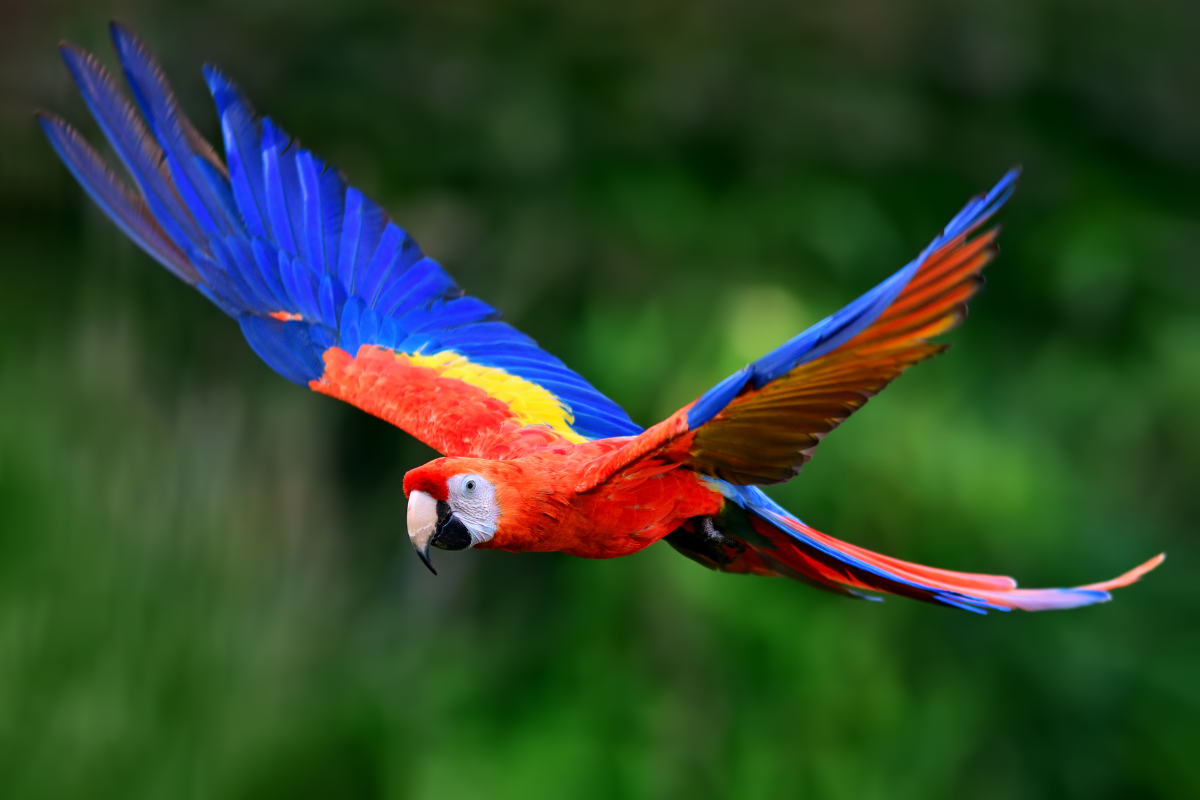In 2016, U.S. Fish and Wildlife Service threw logic and the best available science out the door and abruptly changed its decision to list a rare subspecies of scarlet macaw as endangered—which protects them from the pet trade—to threatened.
However, U.S. District Judge Rudolph Contrera has ruled in a legal challenge filed by Friends of Animals in 2021 that FWS must revisit its decision to list these scarlet macaws, living in Central and South America, and consider endangered status.
“It is gratifying that the Court is holding FWS accountable, requiring it to reconsider its decision and opening the door for stronger protections for these amazing macaws,” said Jennifer Best, director of Friends of Animals Wildlife Law Program.
Scarlet macaws are quickly vanishing from the wild. One of the drivers behind their decline is people seeking to lock them in cage and put them on display as pets. The species is also declining due to deforestation and habitat loss.
“Threatened status continues to allow people to commercially trade them with little oversight or regulatory protections. It is time to recognize the harm this is causing and enact stricter protections for these stunning birds,” Best added.
A species clearly on the brink of extinction, there are only about 25 of the Northern Distinct Population Segment of the southern subspecies of scarlet macaws remaining in Panama and 1,000 in Costa Rica.
The scarlet macaw is a member of the parrot family, with beautiful blue, yellow, and red coloring, and a wingspan of up to three feet. Scarlet macaws are found in the treetops of Central and South American forests.
A scarlet macaw can be sold for as much as $5,000. Captivity for scarlet macaws is detrimental; scarlet macaws are incredibly social birds, living in pairs or groups, and mating for life. Moreover, most scarlet macaws do not survive after being captured from the wild.

